Planning a trip can be tough. Mount Rainier National Park is a gem in Washington state. This blog will guide you through its beauty and adventures. Get ready to explore!
Key Takeaways
- Mount Rainier National Park has an active volcano, 26 major glaciers, and subalpine wildflower meadows.
- Paradise, Longmire, and Sunrise offer hiking, historical exhibits, and the highest point reachable by vehicle.
- Visitors can enjoy activities like wildflower viewing in spring and summer hiking. Winter offers snowshoeing and skiing.
- Nearby communities like Ashford offer lodging close to the park.
- The park focuses on conservation efforts such as wilderness restoration projects to protect wildlife and habitats.
Key Features of Mount Rainier National Park
Mount Rainier, an active volcano, is the centerpiece of this national park. Glaciers carve through the peak while rivers flow from its slopes. Subalpine wildflower meadows blanket the landscape in vibrant colors.
Mount Rainier as an active volcano
Mount Rainier towers over Washington as a mighty volcano. It’s not just any peak, but an active one that last erupted about 1,000 years ago. Yes, it sits quietly now, but beneath the surface, it’s alive.
Scientists keep a close watch on it because of what it might do in the future.
This giant also holds the title for being the most glaciated peak in the contiguous USA. That means lots of ice! These glaciers play a big part in how Rainier lives and breathes as a volcano.
They cover its slopes and feed rivers that start here. So, while we enjoy its beauty, Mount Rainier keeps reminding us of nature’s power—quietly waiting for what comes next.
Glaciers and rivers
Glaciers and rivers shape the heart of Mount Rainier National Park. The park is home to 26 major glaciers. These icy giants feed into the river systems that flow through Washington state.
Visitors often marvel at the sight of rivers starting as mere trickles from the ice and growing into rushing streams.
Rivers like the Nisqually and Cowlitz begin here, cutting paths through lush forests. They support a rich ecosystem, including fish and plants. You can see these powerful natural processes up close in the park, offering a rare look at how water shapes our world.
Subalpine wildflower meadows
From the icy touch of glaciers and rivers, the scene changes as you step into the subalpine wildflower meadows. Here, colors explode across Mount Rainier National Park. During late spring and summer, these meadows paint a picture with blooms that dazzle visitors.
You’ll find flowers like lupines, paintbrushes, and asters stretching under the vast sky.
Each year, people come from far to see this natural display. The park cares for these areas so future generations can enjoy them too. Walking through these fields feels like wandering in a living rainbow set against Mount Rainier’s grand backdrop.
It’s a must-see for anyone visiting Washington state.
Major Attractions
Paradise, with its stunning wildflower meadows and incredible views. Longmire, offering historical exhibits and access to several hiking trails. Sunrise, known for its breathtaking scenery and as the highest point reachable by vehicle in the park.
Paradise
Nestled on the south slope of Mount Rainier, Paradise offers breathtaking views of wildflower meadows, snow-capped peaks, and dense forests. Visitors can explore over 5 miles of paved trails or challenge themselves with longer hikes leading to alpine lakes and panoramic vistas.
This spot is a haven for outdoor enthusiasts, boasting abundant hiking opportunities amidst stunning natural beauty.
In addition to its scenic landscapes, this subalpine wonderland features the historic Paradise Inn, offering a step back in time with its rustic charm and cozy atmosphere. During winter, Paradise transforms into a snowy wonderland perfect for snowshoeing and cross-country skiing adventures.
With its wealth of natural beauty and outdoor activities year-round, Paradise truly lives up to its name as an idyllic destination within Mount Rainier National Park.
Longmire
Transitioning from the alpine wonder of Paradise, visitors can explore the historic Longmire area located within Mount Rainier National Park. This section is a gateway to the park’s mesmerizing old-growth forests and numerous hiking trails, including the popular Trail of the Shadows.
Rejuvenate in nature by strolling through towering trees and along bubbling mineral springs that were once known for their healing properties.
Visitors can also delve into Longmire’s rich history at the National Park Inn and Museum, which offers a glimpse into the park’s early days when it was first established as a national park.
The museum showcases artifacts and photographs portraying life in this scenic mountain region during its formative years. Reflect on this intriguing past before continuing your adventure deeper into Mount Rainier National Park.
Sunrise
Sunrise in Mount Rainier National Park is renowned for its stunning vistas and exceptional hiking opportunities. Situated at an elevation of 6,400 feet, Sunrise offers breathtaking views of the Cascades and Emmons Glacier, the largest glacier in the contiguous United States.
Visitors can explore a variety of alpine trails, like the popular Sourdough Ridge Trail or take on more challenging hikes to destinations such as Burroughs Mountain. The area is also home to diverse wildlife including marmots, mountain goats, and pikas.
As you plan your visit to Sunrise, keep in mind that due to its high elevation, snow can linger late into summer so be prepared with appropriate clothing and gear. It’s advisable to start your explorations early in the day as afternoon cloud cover often obstructs panoramic views.
For those looking to experience sunset at this iconic location should consider staying overnight at White River Campground which provides spectacular evening views of Mount Rainier painted by golden hour hues.
Moving onto other fascinating aspects of Mount Rainier National Park is Major Attractions where we will delve into Paradise – one of the park’s primary visitor hubs known for its stunning wildflower meadows and Longmire with its rich history as an early park headquarters.
Seasonal Activities
Spring brings an explosion of blooming wildflowers, creating a vibrant and colorful landscape. Summer offers excellent opportunities for hiking and camping in the park’s beautiful wilderness.
Fall promises scenic drives with breathtaking autumn colors, providing a visual feast for nature enthusiasts. Winter transforms the park into a wonderland perfect for snowshoeing and skiing adventures.
Read more about these amazing seasonal activities at Mount Rainier National Park!
Spring: Blooming wildflowers
Spring at Mount Rainier National Park is a vibrant time when the subalpine meadows burst into a riot of colors with blooming wildflowers. It’s an ideal season for nature enthusiasts and photographers to witness an incredible variety of wildflower species, including avalanche lilies, pink mountain heather, and magenta paintbrushes.
The meadows become alive with these vivid blooms, creating breathtaking landscapes against the backdrop of Mount Rainier’s glaciated peaks. Visitors can explore the floral wonderland through numerous trails that wind through the valleys and hillsides, offering captivating views amidst this natural spectacle.
The park typically experiences peak wildflower blooms from mid-July through August in lower elevations like Paradise and Longmire, while late summer showcases blossoms in higher-elevation areas like Sunrise.
During this period, the park attracts hordes of visitors eager to experience this annual event which has become synonymous with Mount Rainier National Park.
Summer: Hiking and camping
After the vibrant display of wildflowers in spring, summer welcomes outdoor enthusiasts to Mount Rainier National Park. Hiking is a popular activity during this season, with over 260 miles of maintained trails catering to all skill levels.
Visitors can trek through subalpine meadows awash with various flowers and traverse lush forests. The park offers camping opportunities for those seeking an immersive experience amidst nature’s beauty.
Summer temperatures range from 50°F to 70°F, ideal for daytime explorations and comfortable nights under the stars. Camping grounds are abundant within the park, offering options ranging from backcountry sites for adventurous backpackers to family-friendly campgrounds equipped with facilities such as restrooms and picnic areas.
It’s recommended to make reservations ahead of time due to high demand during peak summer months.
The key feature here is that there are plenty of trails where you can hike through wildflower-filled meadows or take in breathtaking views while camping under clear skies.
Fall: Scenic drives and autumn colors
Fall at Mount Rainier National Park is a breathtaking spectacle of nature’s vibrant colors. Take a scenic drive through the park to witness the stunning display of autumn foliage, with trees adorned in hues of red, orange, and gold.
The reflection of these vivid colors on the crystal-clear waters enhances the visual treat. Don’t miss out on prime spots such as Reflection Lakes and Tipsoo Lake for capturing postcard-worthy photographs among this picturesque scenery.
Experience the magic of fall by exploring popular drives like Stevens Canyon Road and Chinook Pass that offer mesmerizing views of Mount Rainier surrounded by a tapestry of colorful leaves.
Embrace this seasonal transformation while you enjoy leisurely strolls or picnics along the roadside, taking in the natural splendor that only fall can bring to Mount Rainier National Park.
Winter: Snowshoeing and skiing
Winter at Mount Rainier National Park is a wonderland for snowshoeing and skiing enthusiasts. The park’s picturesque landscapes transform into snowy playgrounds, offering breathtaking views and thrilling outdoor activities.
With over 240 miles of marked trails, visitors can strap on snowshoes or skis to explore the serene winter wonderland surrounding the glaciated peak of Mount Rainier. The Paradise area is popular for both activities, featuring designated snowshoe routes and an established ski area with diverse terrain suitable for all skill levels.
Snowshoers can wander through subalpine forests blanketed in deep snow, while skiers have access to groomed slopes and exhilarating downhill runs. As you glide through the winter landscape, keep an eye out for wildlife tracks in the snow – from delicate deer prints to elusive cougar markings, adding a sense of adventure to your outing.
Whether you’re a seasoned enthusiast or new to these wintry pursuits, Mount Rainier National Park offers unforgettable opportunities to revel in the beauty of nature during the colder months.
Lodging and Nearby Communities
Explore the charming nearby communities like Ashford, Packwood, and Crystal Mountain Resort providing convenient lodging options along with a taste of local culture. From cozy mountain cabins to modern resorts, the area offers an array of accommodations for every traveler’s preference.
Ashford
Ashford, a small community near Mount Rainier National Park, offers convenient lodging options and facilities for visitors. Nestled in the scenic foothills of the Cascade Range, Ashford provides a gateway to outdoor adventures.
It’s known for its cozy cabins, vacation rentals, and charming bed-and-breakfasts that cater to travelers exploring the park’s natural wonders. Additionally, the area boasts dining options where you can savor local cuisine after a day of hiking or wildlife spotting.
For those seeking easy access to the park while staying close to modern amenities, Ashford is an ideal base camp. Whether you’re embarking on a wilderness adventure or simply soaking in the serenity of nature, this friendly town serves as a comfortable starting point for your Mount Rainier experience.
Packwood
Packwood is a charming town near Mount Rainier National Park, offering cozy accommodation and access to outdoor adventures. It’s an ideal base for exploring the park and its surroundings.
From rustic cabins to modern lodges, Packwood provides various lodging options for visitors looking to stay close to nature.
For those seeking adventure, Packwood is a gateway to recreational activities such as hiking, fishing, and wildlife spotting. The town also hosts vibrant community events and offers a glimpse into the local Pacific Northwest culture.
With its proximity to the national park and the scenic beauty of the Cascade Range, Packwood serves as an excellent stopover or extended stay destination for travelers seeking an authentic outdoors experience in Washington state’s beautiful wilderness.
Crystal Mountain Resort
Crystal Mountain Resort is a renowned destination for winter sports enthusiasts. Located near Mount Rainier National Park, the resort offers skiers and snowboarders access to 2,600 acres of terrain and over 50 named runs.
The resort receives an average of 367 inches of snow annually, making it a prime spot for winter recreation. Visitors can enjoy not only skiing and snowboarding but also scenic gondola rides with breathtaking views of Mount Rainier.
With its convenient location and wide range of activities, Crystal Mountain Resort is a must-visit for those seeking outdoor adventure in the Pacific Northwest.
Tips for Visiting the Park
Plan your visit by making timed entry reservations, and consider visiting during off-peak hours for a more relaxed experience in the park. For more insider tips on exploring Mount Rainier National Park, keep reading!
Navigating timed entry reservations
To visit Mount Rainier National Park, it’s essential to navigate timed entry reservations. These reservations are mandatory for all visitors from May 28 to September 26, 2021. They ensure the park doesn’t get overcrowded and allow for a more enjoyable experience.
To secure your reservation, visit recreation.gov well in advance and select the date and time that suits you best. Keep in mind that each vehicle or group needs its own reservation; the cost varies depending on the type of pass you require.
Upon arrival at the park’s entrance during your reserved time slot, be ready to present your reservation confirmation either as a printed copy or on your phone. It’s worth noting that without this confirmation, entry will not be permitted.
By planning ahead and understanding these requirements, you can make the most of your visit to Mount Rainier National Park without any hassle.
Best times to visit
Navigating timed entry reservations ensures a smooth visit to Mount Rainier National Park. For the best experience, plan your trip during late July and August when wildflowers carpet the subalpine meadows in vibrant colors.
Summer, particularly July and August, offers optimal hiking weather with clear skies and mild temperatures. Fall, from September to October, treats visitors with stunning autumn foliage as the park’s lush greenery transforms into breathtaking hues of red, orange, and yellow.
Winter snowshoeing and skiing are best enjoyed from mid-December through February when the landscape is blanketed in snow.
During these times, Paradise is especially beautiful with its wildflower displays in summer and fantastic fall colors later in the season. Longmire also offers stunning views all year round but is particularly enchanting during fall when it boasts captivating autumnal landscapes.
Sunrise serves as an excellent base for exploring glaciers and hiking trails throughout summer while offering serene winter wonderlands for snow sports enthusiasts from December to February.
Conservation and Preservation Efforts
Mount Rainier National Park is dedicated to wilderness restoration projects and safeguarding wildlife and habitats for the future. Learn more about the park’s conservation efforts in our full blog post.
Wilderness restoration projects
The wilderness restoration projects in Mount Rainier National Park aim to improve and preserve the natural ecosystems. These projects involve removing invasive species, restoring damaged habitats, and maintaining trails to minimize human impact on the environment.
By participating in these efforts, visitors can contribute to the long-term health and sustainability of the park’s wilderness areas.
These restoration projects also provide educational opportunities for visitors to learn about the delicate balance of nature and human intervention in preserving biodiversity. The ongoing conservation work ensures that future generations will continue to enjoy the park’s diverse plant and animal life while protecting its scenic landscapes for years to come.
Protecting wildlife and habitats
Mount Rainier National Park is committed to preserving its diverse wildlife and rich habitats. Efforts are in place to protect the park’s unique ecosystems, including subalpine wildflower meadows, rivers teeming with life, and the various species of animals that call this area home.
Conservation initiatives aim at safeguarding these vital habitats against threats such as habitat destruction and climate change, ensuring the continued existence of the park’s natural treasures.
Through conservation programs and wilderness restoration projects, Mount Rainier National Park actively works to maintain a healthy balance between human interaction and wildlife preservation.
Volunteers participate in crucial tasks like trail maintenance and invasive species removals to minimize negative impacts on local flora and fauna. These combined efforts contribute significantly towards maintaining the ecological integrity of this beautiful national park for present and future generations.
Conclusion
Mount Rainier National Park is a breathtaking destination with its active volcano, wildflower meadows, and diverse wildlife. Visitors can explore Paradise, Longmire, and Sunrise for an unforgettable experience.
Throughout the seasons, there are activities like blooming wildflowers in spring, hiking and camping in summer, scenic drives with autumn colors in fall, and snowshoeing or skiing in winter.
Travelers can find lodging options in nearby communities such as Ashford and Packwood or stay at Crystal Mountain Resort. Conservation efforts continuously work towards preserving the park’s wilderness.
When visiting Mount Rainier National Park, remember to navigate timed entry reservations and consider the best times to visit this magnificent place.
FAQs
1. What is Mount Rainier National Park?
Mount Rainier National Park is a stunning natural area in Washington State, known for its tall mountain, beautiful wildflowers, and diverse wildlife. It offers visitors amazing views and many outdoor activities.
2. What can I do at Mount Rainier National Park?
At Mount Rainier National Park, you can hike on trails, go camping under the stars, or drive through scenic routes. You might even see glaciers and waterfalls along the way! There are also ranger-led programs to learn more about nature.
3. When is the best time to visit Mount Rainier National Park?
The best time to visit is during summer when the weather is warm and most of the park’s trails are open. However, fall provides beautiful colors as leaves change. Winter brings snow for skiing and snowshoeing!
4. How do I prepare for my trip to Mount Rainier National Park?
To prepare for your trip, check weather conditions before you go; pack proper clothing like layers and sturdy shoes; bring food and water; don’t forget a map or guidebook! Always follow park rules to keep yourself safe while enjoying nature’s beauty.
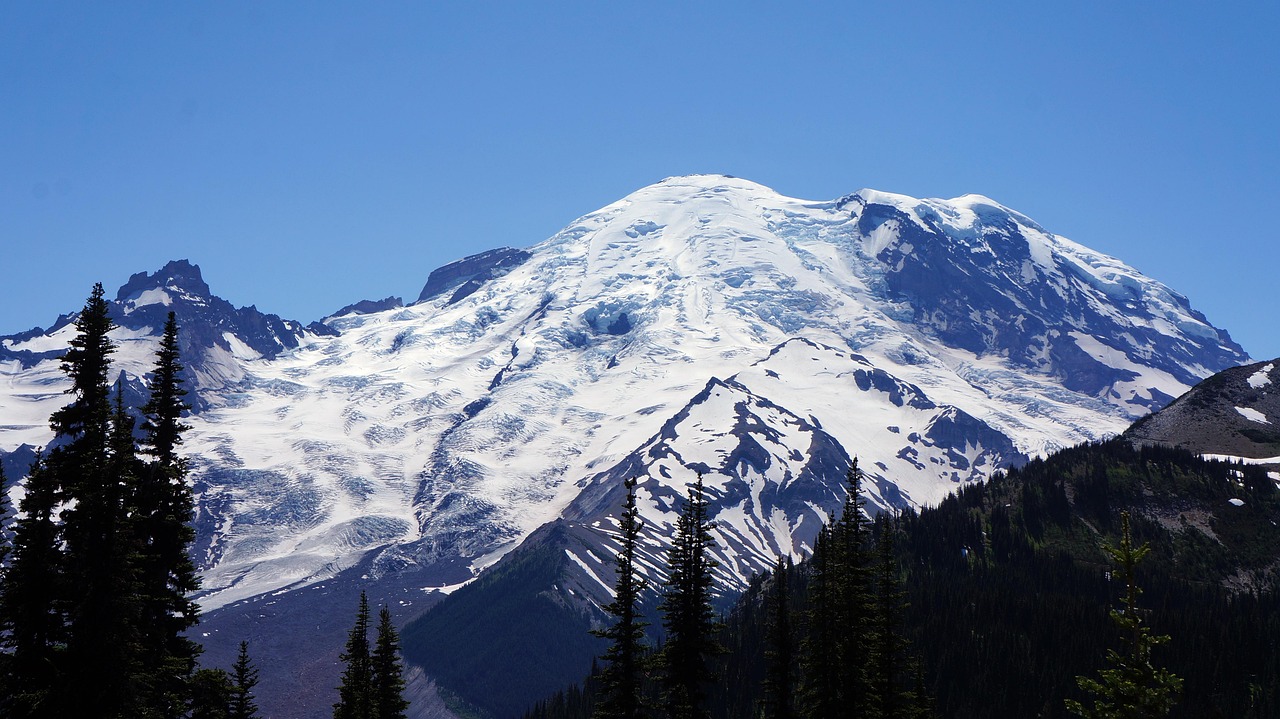
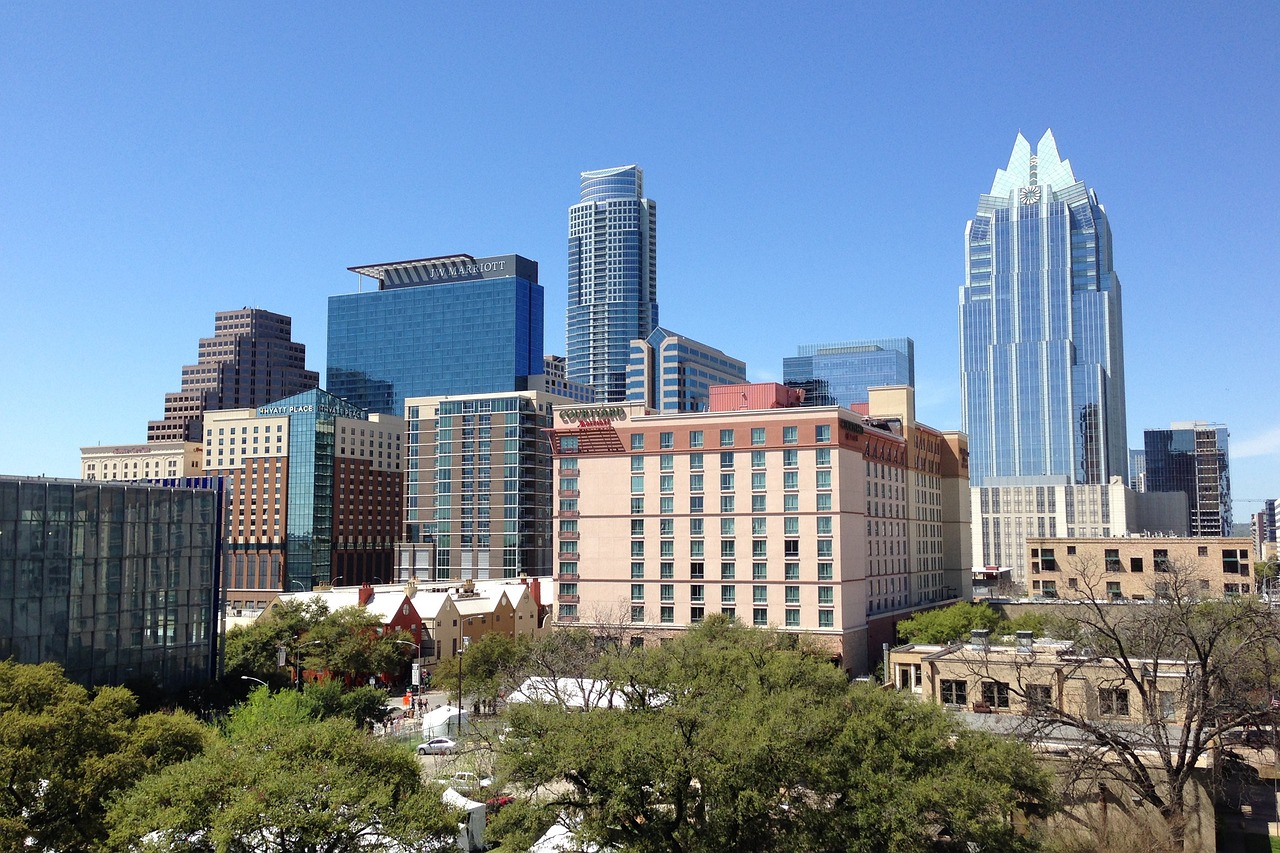
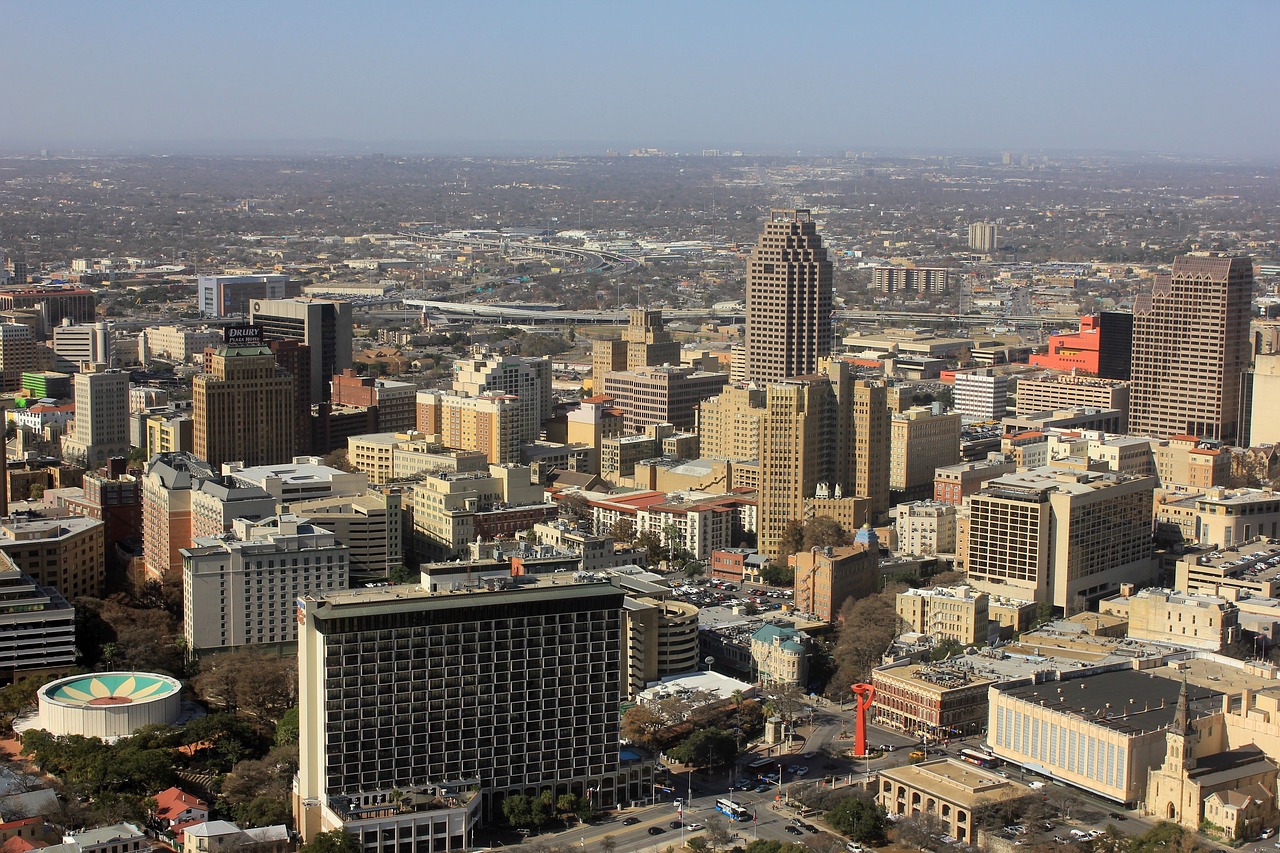
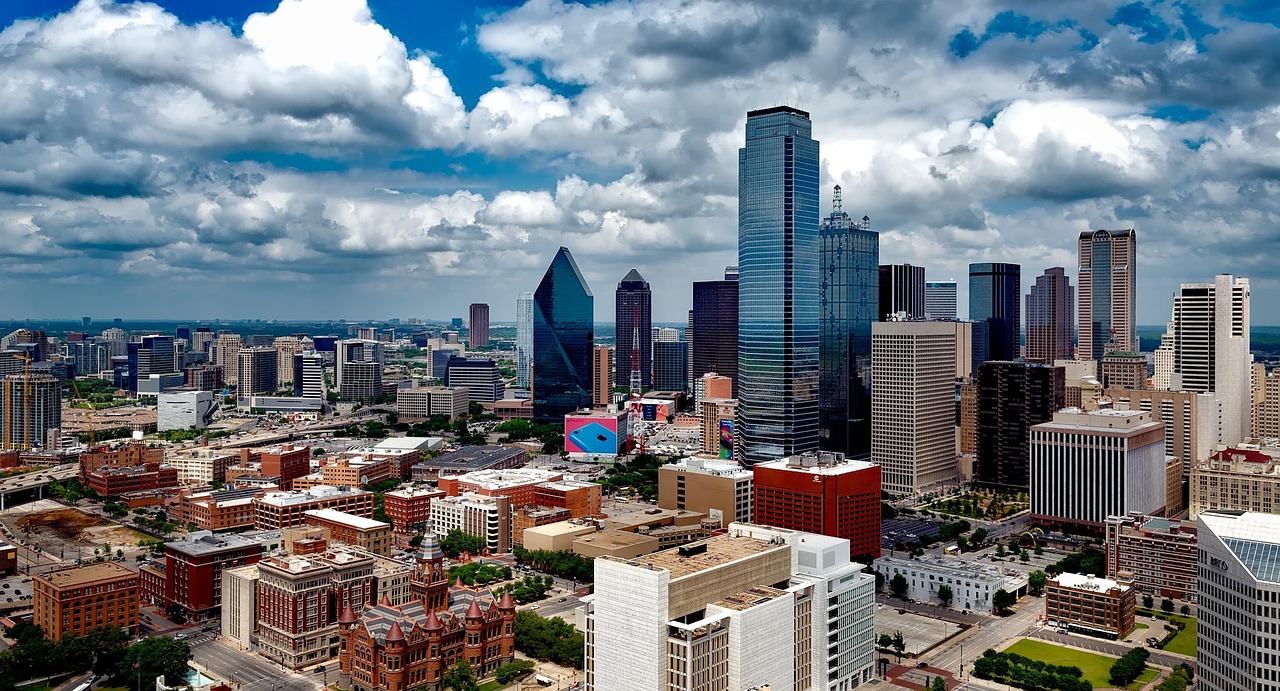
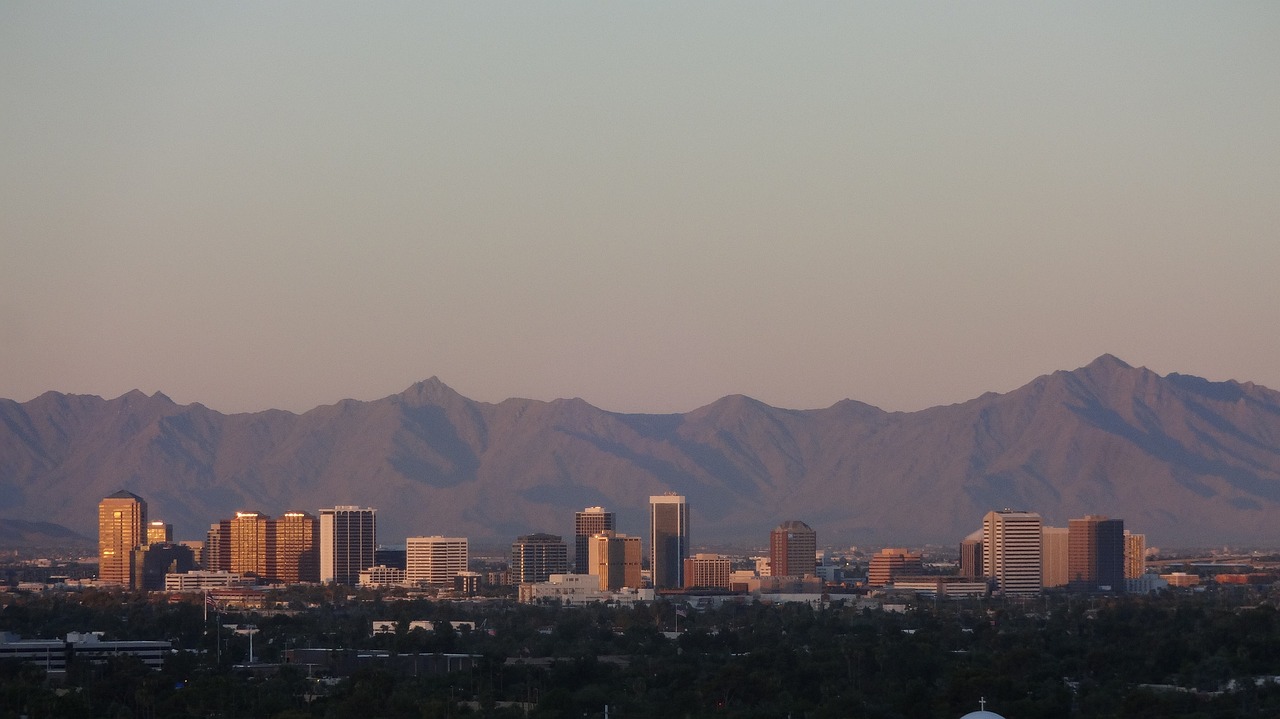

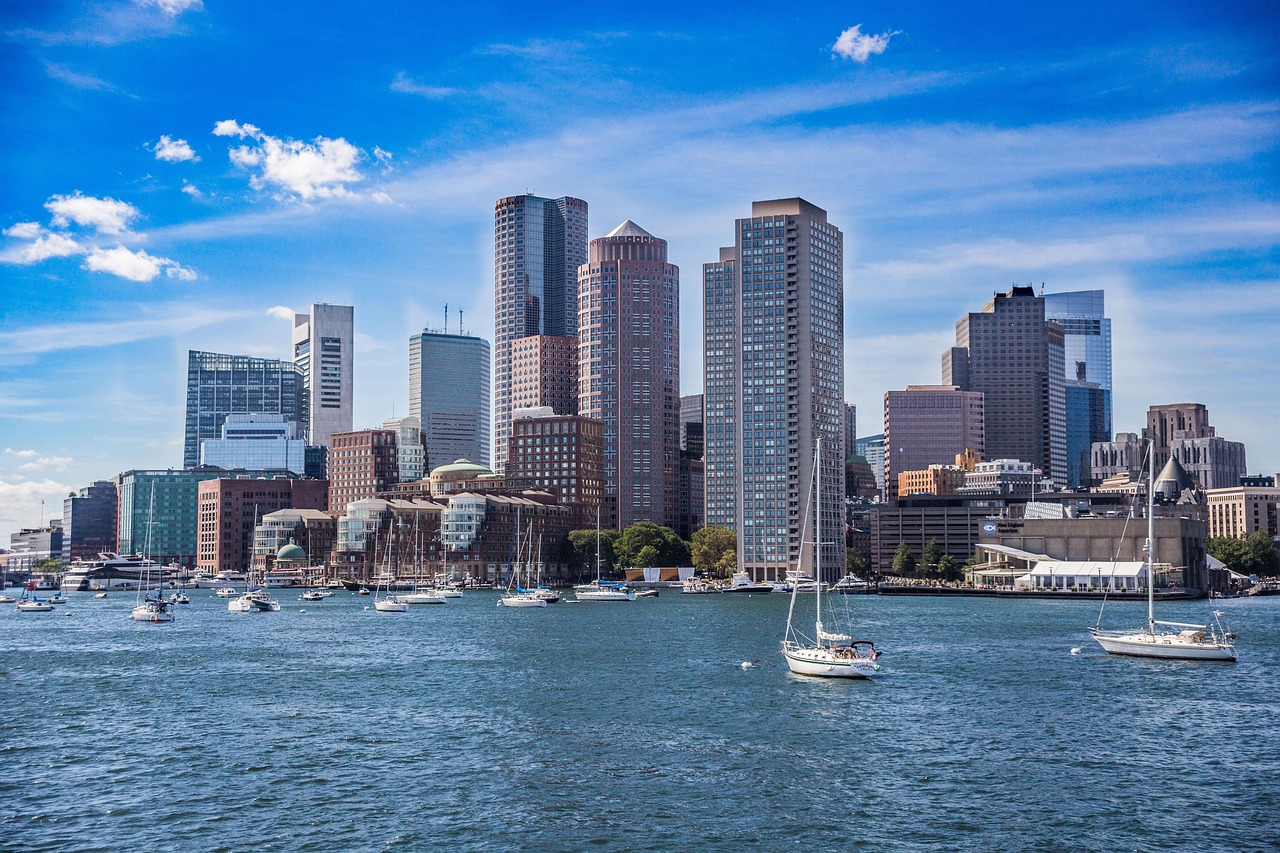
Leave a Reply